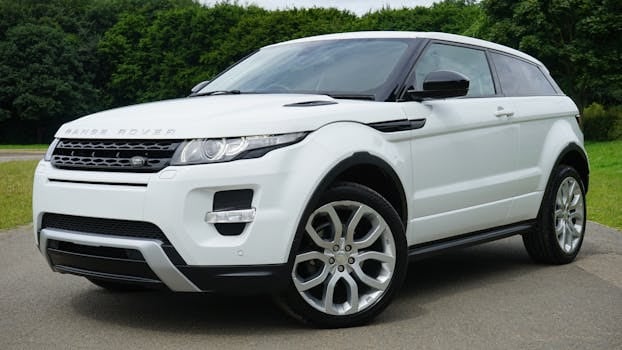Digital Twins for Cities: Virtual Urban Planning
Have you ever heard of digital twins for cities? This cutting-edge technology is revolutionizing how urban planning is done, and it’s all thanks to the power of data and virtual simulations. Digital twins for cities, also known as virtual urban planning, allow city planners and officials to create a virtual replica of their city and make data-driven decisions for future development. It’s like playing SimCity, but with real-world implications. In this article, we will dive into what digital twins for cities are, how they work, and the benefits they bring to urban planning.
What are Digital Twins for Cities?
Digital twins for cities are virtual replicas of real-world cities that are created using advanced technologies such as 3D modeling, artificial intelligence, and Internet of Things (IoT) sensors. These digital twins are highly accurate representations of the physical city, with real-time data constantly feeding into the virtual simulation to reflect any changes happening in the real world. This allows city planners and officials to have a better understanding of their city and its operations, making it easier to plan for the future.
How Do They Work?
The process of creating a digital twin for a city involves data collection, data integration, and data analysis. The data is collected from various sources such as satellite imagery, street cameras, traffic sensors, and social media platforms. This data is then integrated into a 3D model of the city, creating a virtual replica. The final step is data analysis, where advanced algorithms and machine learning techniques are used to analyze the data and generate insights.
One of the key features of digital twins for cities is the ability to simulate different scenarios and their potential impact on the city. For example, if a new building is proposed, city planners can use the digital twin to see how it would affect the city’s traffic, energy consumption, and overall infrastructure. This allows them to make data-driven decisions that consider the city as a whole, rather than just one specific area.
The Benefits of Digital Twins for Cities
Virtual urban planning has numerous benefits for cities, some of which include:
Better Decision Making
With the help of digital twins, city planners and officials can make more informed decisions based on real-time data and accurate simulations. This leads to more effective solutions and a more efficient use of resources.
Cost Savings
Digital twins allow city planners to identify potential issues and challenges in a virtual environment, eliminating the need for costly physical experiments or prototypes. This can result in significant cost savings for cities, especially in large-scale urban development projects.
Improved Sustainability
By analyzing data and simulating different scenarios, city planners can make decisions that promote sustainability. This can include reducing energy consumption, optimizing transportation routes, and minimizing the environmental impact of new developments.
Collaboration and Communication
Digital twins allow for better collaboration and communication among different city departments and stakeholders. All parties can access the virtual simulation and contribute their insights, making the planning process more inclusive and efficient.
The Future of Urban Planning
As technology continues to advance, so does the potential of digital twins for cities. In the future, we can expect to see even more sophisticated simulations and predictive models, allowing for better planning and decision-making. Additionally, with the rise of smart cities, digital twins can play a crucial role in managing and optimizing various aspects of city life, from transportation to public services.
In conclusion, digital twins for cities are changing the game for urban planning. By creating a virtual replica of a city and analyzing real-time data, city planners can make more informed decisions that consider the city as a whole. This not only leads to better urban development but also promotes sustainability and collaboration among different departments and stakeholders. With the continuous advancement of technology, the potential of digital twins for cities is limitless, and we can expect to see more cities adopting this innovative solution in the years to come.








